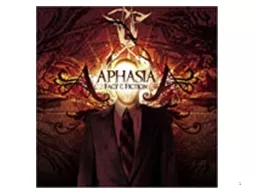PPT-1 2 סוג האפזיה
Author : jane-oiler | Published Date : 2015-12-01
שטף הבנה חזרה שיום פרפזיה אגרמטיזם דיסאינטגרציה פונמית פונמיות סמנטיות פונמיות Expressive
Presentation Embed Code
Download Presentation
Download Presentation The PPT/PDF document "1 2 סוג האפזיה" is the property of its rightful owner. Permission is granted to download and print the materials on this website for personal, non-commercial use only, and to display it on your personal computer provided you do not modify the materials and that you retain all copyright notices contained in the materials. By downloading content from our website, you accept the terms of this agreement.
1 2 סוג האפזיה: Transcript
שטף הבנה חזרה שיום פרפזיה אגרמטיזם דיסאינטגרציה פונמית פונמיות סמנטיות פונמיות Expressive Perceptive.
Download Document
Here is the link to download the presentation.
"1 2 סוג האפזיה"The content belongs to its owner. You may download and print it for personal use, without modification, and keep all copyright notices. By downloading, you agree to these terms.
Related Documents

